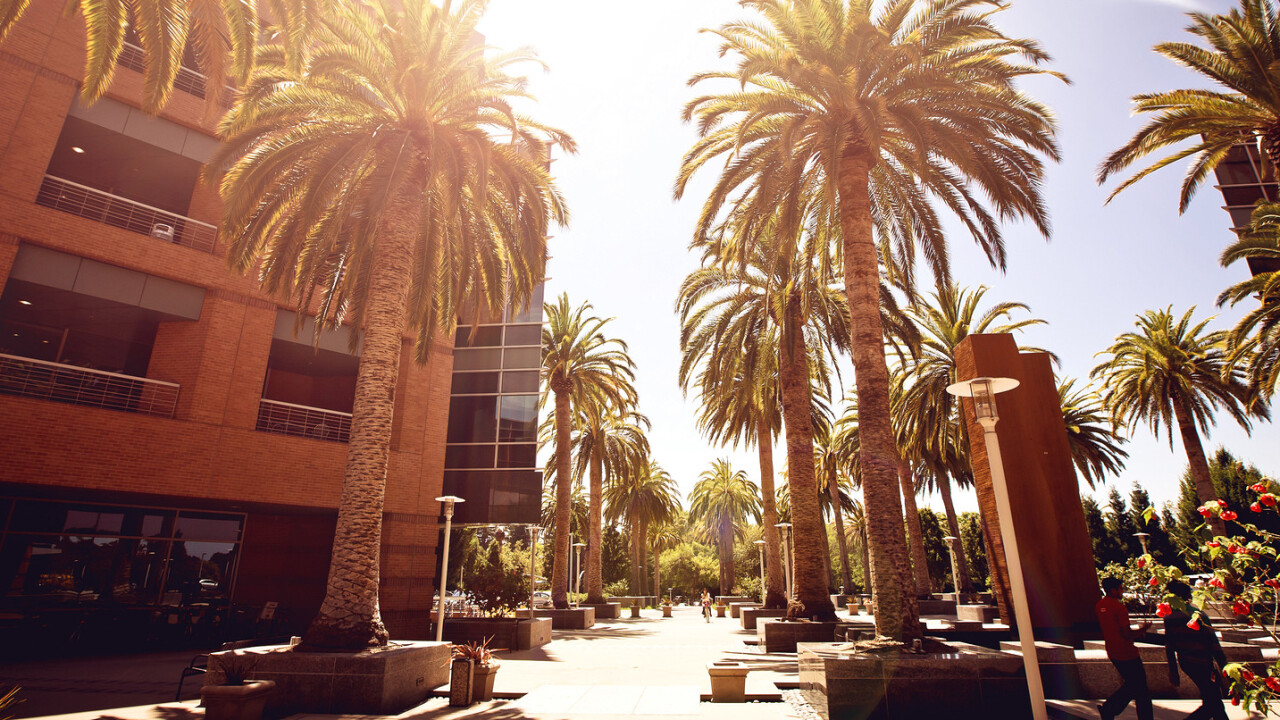In a tech-centric city built on the backs of Google, Facebook and its own feeder program in Stanford University, Palo Alto’s mayor isn’t making many friends. For decades, Palo Alto has played host to some of the brightest minds on the planet while they toiled away on keyboards creating the next big thing. Now, it wants them to go away.
Mayor Patrick Burt isn’t without legitimate gripes. Like much of the Bay Area, Palo Alto has become almost uninhabitable due to rising costs, traffic and, oddly enough, shitty cellular coverage. The last part is the perfect summation of the paradox that is Palo Alto: a city built on cutting-edge technology that lacks the infrastructure — in this case cellular tours — to use it themselves. Steve Jobs, the creator of the original iPhone, famously had to leave his home to make calls on it — and this was a decade ago.
It’s only gotten worse.
“Big tech companies are choking off the downtown,” said Mayor Burt. “It’s not healthy.”
He’s not wrong. More than a few of Palo Alto’s affluent residents have raised the same concerns. Last year, the city of 66,000 even went about remedying increased growth by setting an artificial cap of less than one percent a year on new office space zoning. Without offices, you can imagine, it’s difficult to launch new startups — which seem to pose the biggest problem for the cities residents.
The problems created by tech companies aren’t limited to Palo Alto. The entire Bay Area faces a shortage of reasonably-priced housing, all caused by the tech boom in the last two decades.
Is there a solution? If so, it’s not immediately clear. Sometimes you really do live and die by the sword.
Get the TNW newsletter
Get the most important tech news in your inbox each week.






